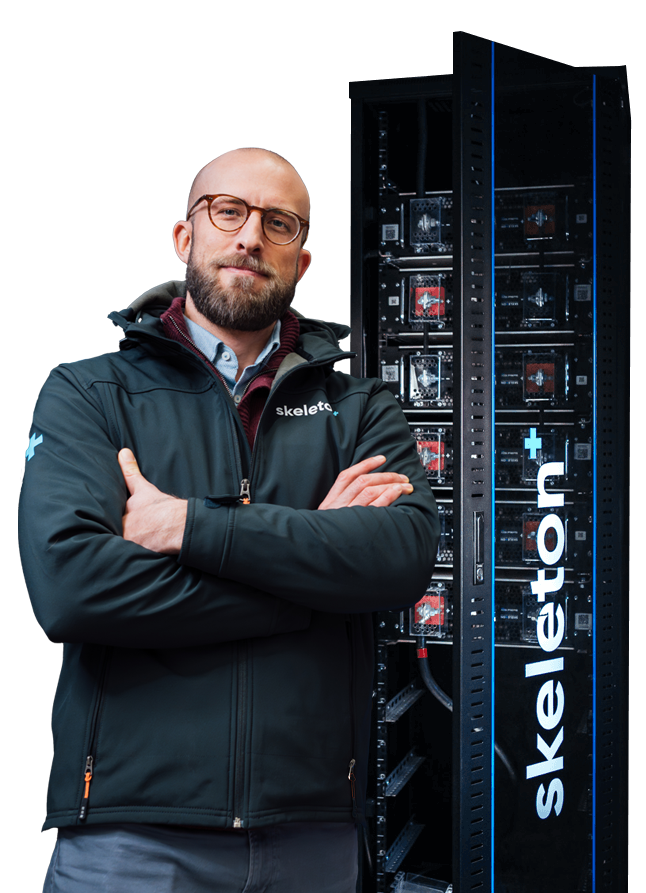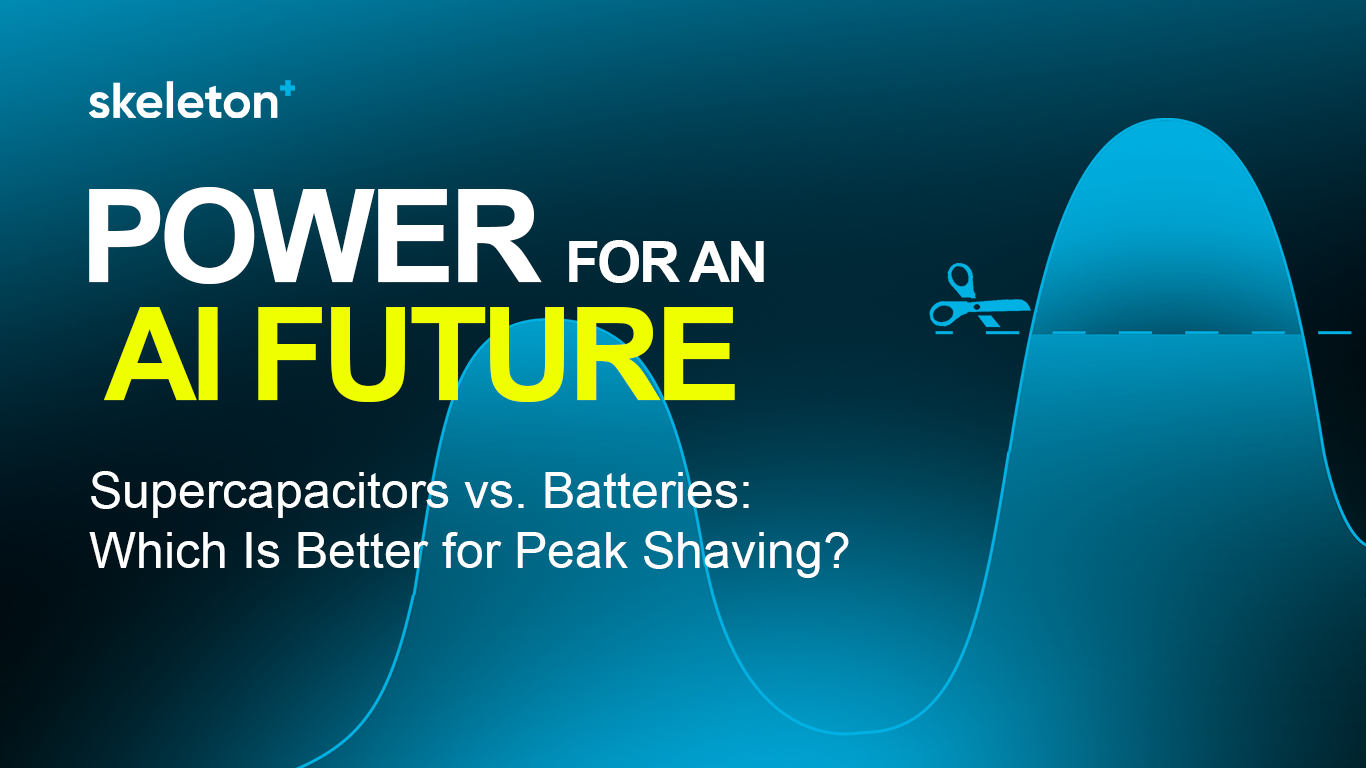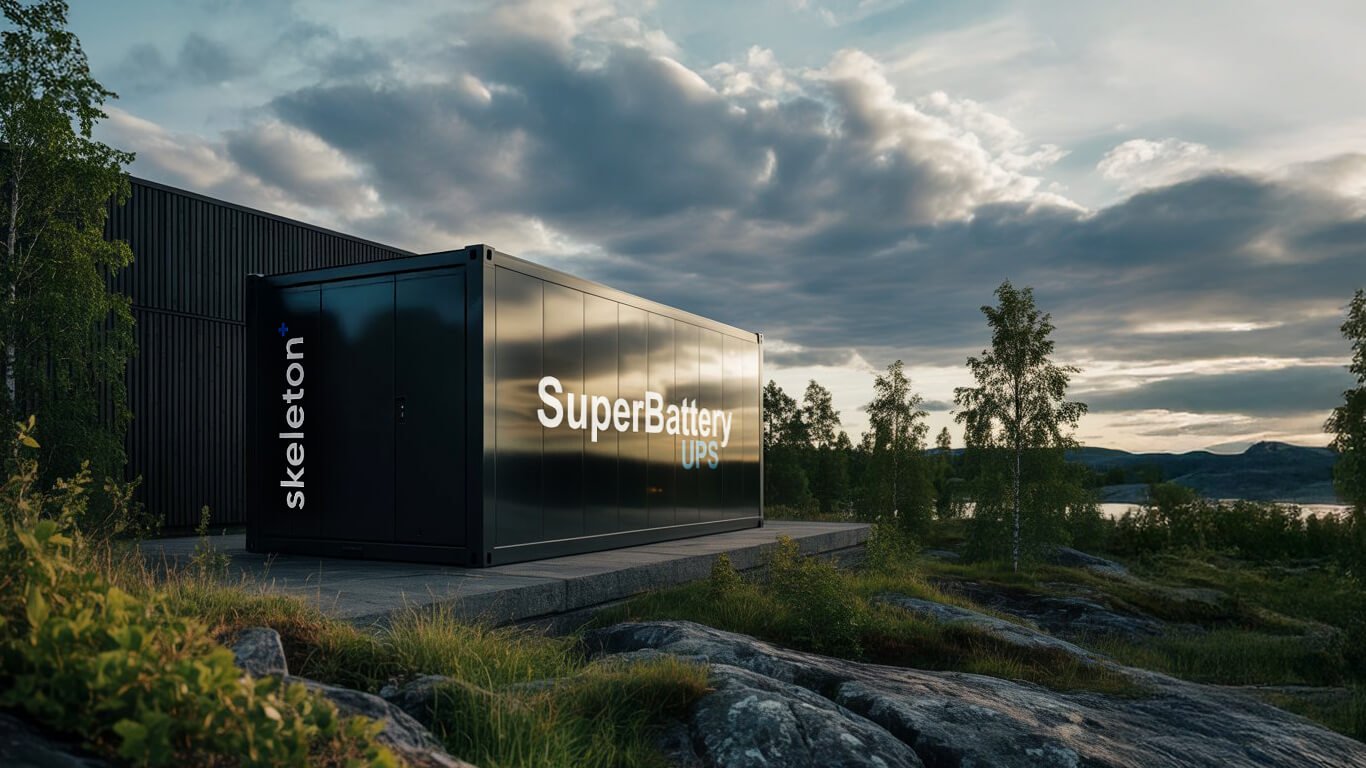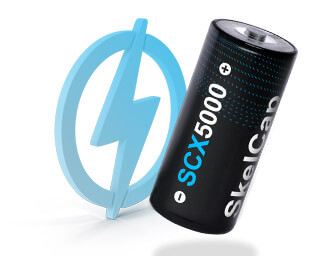
Why Europe Should Aim to Be a Hub for Materials Innovation
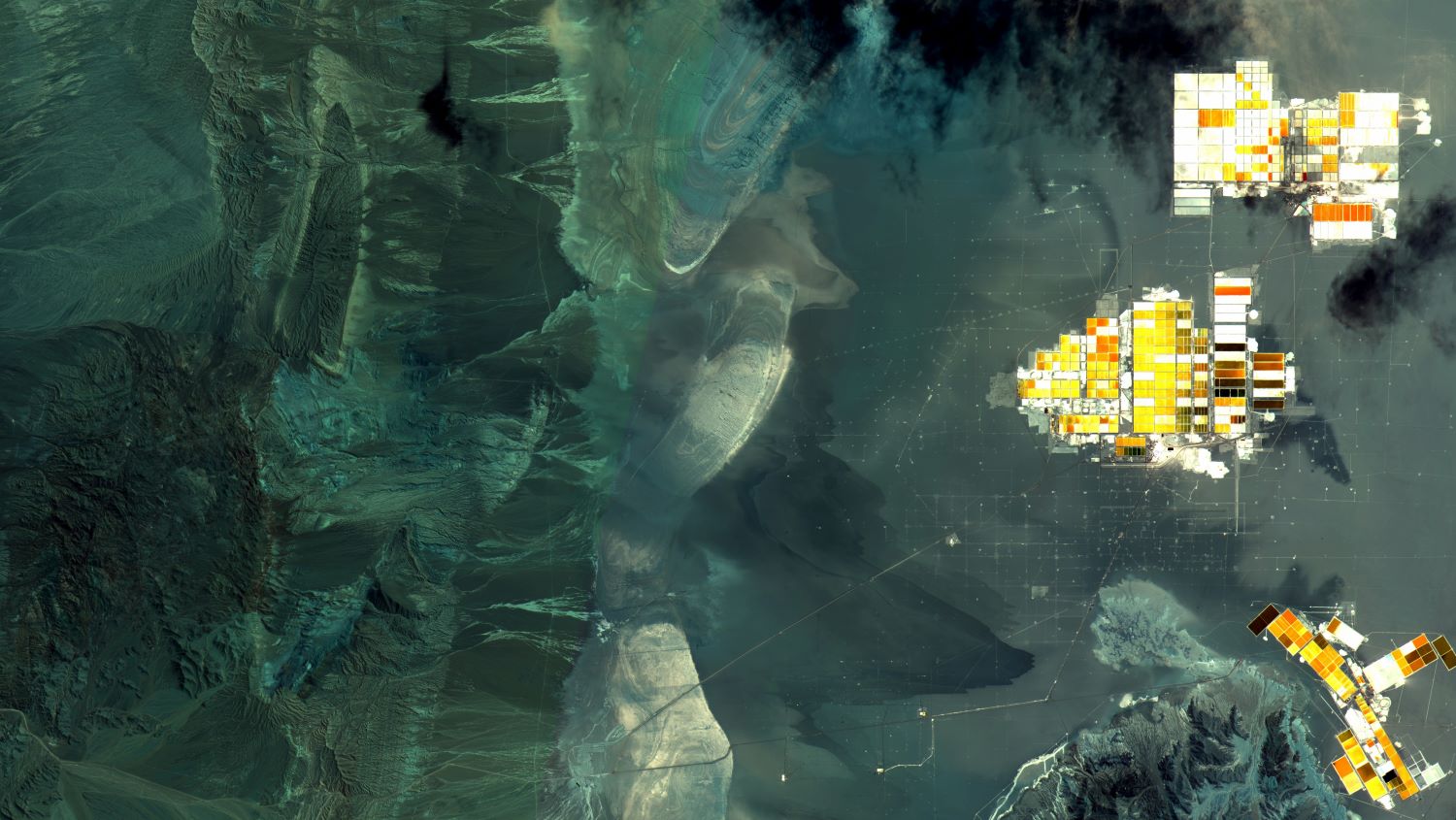
Europe’s lack of own mineral reserves means that any strategy that fails to fully support the development of innovative materials to displace raw materials will fall short, writes Dr. Linus Froböse, CTO of Skeleton Technologies.
The EU aims to be climate-neutral by 2050 – an economy with net-zero greenhouse gas emissions. This objective is at the heart of the European Green Deal and in line with the EU’s commitment to global climate action under the Paris Agreement. The transition to a climate-neutral society is both an urgent challenge and an opportunity to build a better future for all.
Nevertheless, whilst at the forefront of global climate ambitions and targets, Europe is also one of the largest importers of critical raw materials. Combined with unprecedented levels of electrification around the world, this creates new and crucial challenges such as a shortage of critical raw materials.
To date, the EU’s focus has been on security of supply, and achieving it through accelerated permitting, and building partnerships with mineral-rich countries.
While these are important steps, the EU should not miss out on another lever: innovation. Indeed, the lack of own mineral reserves means that any strategy that fails to fully support the development of innovative materials to displace raw materials will fall short.
Europe needs to see this as a strategic opportunity, rather than an opportunity to play catch up in a race they can’t win. For decarbonisation efforts to be successful, Europe needs to re-orient itself as a hub for innovation in material development to transform our dependencies into an asset.
Europe’s first weakness: its vulnerability due to lack of mineral resources
The rapid scale up of technology essential for electrification is associated with a number of risks that may delay the deployment of key clean technologies or increase Europe’s dependencies.
The global demand for the critical raw materials that power clean technologies such as wind turbines (e.g., neodymium), electric vehicle batteries (e.g., lithium, nickel), solar panels (e.g., gallium), and electrolyzers (e.g., iridium) is booming and the EU is drafting plans to secure access to such materials.
Russia’s full-scale invasion of Ukraine and China’s export restrictions on germanium, gallium, and graphite, have awakened European leaders to the fact that under Europe’s current policy trajectory, the global cleantech race is increasing Europe’s strategic dependencies for critical raw materials.
Europe has comparatively low levels of reserves. Additionally, refining capacities for strategic commodities such as lithium are currently not in Europe. Indeed, China processes upwards of 60% of lithium and cobalt, and around 90% of rare earths.
In the Critical Raw Materials Act, EU Member States and institutions agreed that the European Union should extract 10%, recycle 15% and process 40% of its annual needs by 2030 for 16 “strategic raw materials”. Reaching these goals won’t be enough to secure strategic supply. Europe needs to boost and accelerate materials innovation.
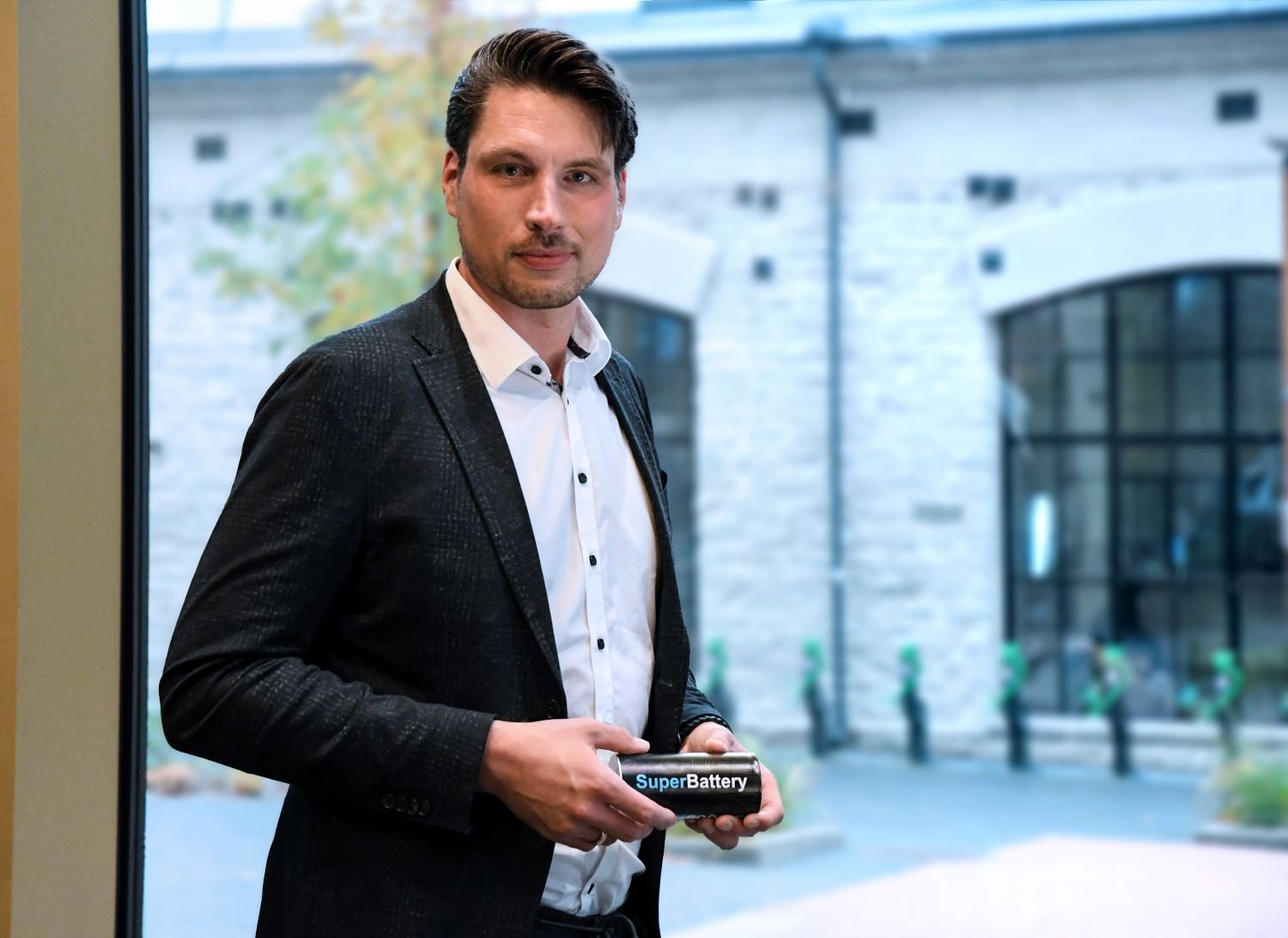
Europe’s second weakness: The Funding Gap in Material innovation
Europe is currently falling behind in funding and scaling cutting-edge CRM technologies. In 2022, CRM startups globally raised $1.6bn, an unprecedented amount of equity. This 160% year-on-year increase led CRMs to account for 4% of all cleantech venture funding in 2022.
However, $1.05bn was raised in North America only. While there is abundance of ideas and innovation in Europe, innovators there struggle to scale their technologies. US-based entrepreneurs have raised 45% of global venture investment in critical minerals between 2018 and 2022, according to IEA-analysis based on Cleantech Group data.
The US administration aims to amplify this advantage and is putting their money where their mouth is. The Bipartisan Infrastructure Law (BIL) and the Inflation Reduction Act collectively allocated more than $8.5 billion for CRM projects and $600 million for CRM recycling, innovation, material efficiency and substitutes programs.
On its side, the EU has not responded with comparable incentives, with the Critical Raw Materials Act simply missing new financial resources. Moreover, in stark contrast with the US, funds are focused on early stages of development and not scale-up.
The way forward: an innovative approach
The way forward for the European Union must be based on two pillars: recycling and substitution. The good news is that our continent already has the most innovative start-ups in this field.
Innovation is crucial to enhancing recycling rates and making recycling more sustainable and bankable. According to the IEA, the global recycling rate for nickel, copper, and aluminum is around 40%, but could theoretically reach above 90%. Recycling will not eliminate the need for additional primary-CRM supply but can lower the demand.
Norway’s Hydrovolt is a great example in this field. They produce a powder called ‘black mass’ from scraps and shredded batteries. Today, black mass is still classified as hazardous waste by EU regulations, limiting the ability for Europe to recycle end-of-life batteries and scraps from battery production. But in the CRMA’s definition of EU recycling capacity, the EU rightly intends to include the recovery of black mass. This will support its emerging circular battery economy while reducing dependency on primary CRMs and China.
Substitution is the other key to reducing demand. The EU must encourage investment in substitute materials to reduce mineral intensity.
Again, European companies are leading here. This is what we do at Skeleton Technologies, with our Skeleton Materials subsidiary which has developed our patented Curved Graphene material, allowing our energy storage products not to need nickel or cobalt, for instance. For this innovation, our scientists Jaan Leis, Mati Arulepp and Anti Perkson won the European Inventor Award 2022 from the European Patent Office.
Latvia-based Naco Technologies is developing a nano-coating technology which increases the efficiency and lifetime of critical components in electrolyzers and fuel cells, and replaces the need for iridium and platinum.
Similarly, German startup Sunfire manufactures an electrolyzer which does not require rare earths. Further financial support and investments in research and development into reducing and replacing other critical raw materials in electrolysis are however still needed, but I am fully convinced innovation is the right way for a European approach towards materials.
While Europe’s strategy on critical raw materials is currently focusing on securing partnerships with mineral-rich countries, it is crucial to shift priorities and focus on material innovation instead. Scarcity and lack of natural resources often force to innovate, and several European players are already leading the way.
As Europeans, we should open a new era of materials innovation, efficiency, and recovery. This is how our continent will build its competitive and comparative advantage and accelerate its transition to carbon neutrality without depending on others.
Originally published in Euractiv on January 15th, 2024.
Title photo: In recent decades, Salar de Atacama has become a significant hub for lithium extraction, as lithium is found in the brines of the salt flat.
Source: Coordenação Geral de Observação da Terra/INPE, CC BY-SA 2.0 via Wikimedia Commons
